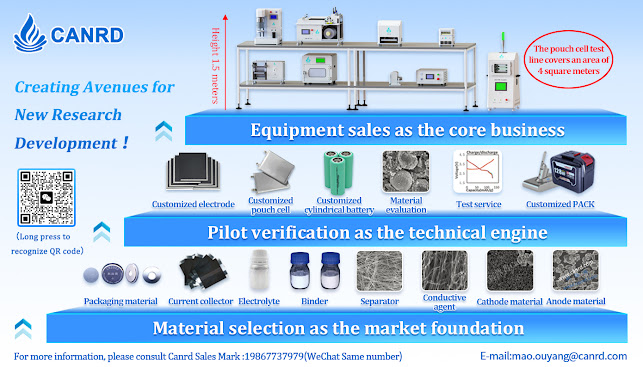1. Electrolyte
It is an important component of lithium batteries. It conducts lithium ions inside the battery and has an important impact on the performance and life of the battery. Lithium battery electrolyte is usually composed of organic solvents, electrolytes and additives.
Organic solvent is the main component of electrolyte, which is usually a flammable, explosive and toxic liquid, such as dimethyl carbonate (DMC), ethyl methyl carbonate (EMC), diethyl carbonate (DEC), etc. These organic solvents can dissolve electrolytes to form ion conductors, and can also provide a certain electrochemical stability.
Electrolyte is an ion conductor in the electrolyte, which is usually a lithium salt, such as LiPF6, LiBF4, LiClO4, etc. These lithium salts can dissociate into lithium ions and negative ions in the electrolyte, thereby realizing the conduction of lithium ions.
Additives are some chemical substances added to improve the performance of the electrolyte, such as conductive agents, film formers, corrosion inhibitors, etc. These additives can improve the conductivity, stability and corrosion resistance of the electrolyte, thereby improving the performance and life of the battery.
The performance of lithium battery electrolyte has an important impact on the performance and life of the battery. Therefore, factors such as electrochemical performance, stability, safety and cost need to be considered when designing and preparing the electrolyte. At the same time, the preparation and use of the electrolyte also need to strictly comply with relevant safety regulations and operating procedures to ensure the safety and reliability








